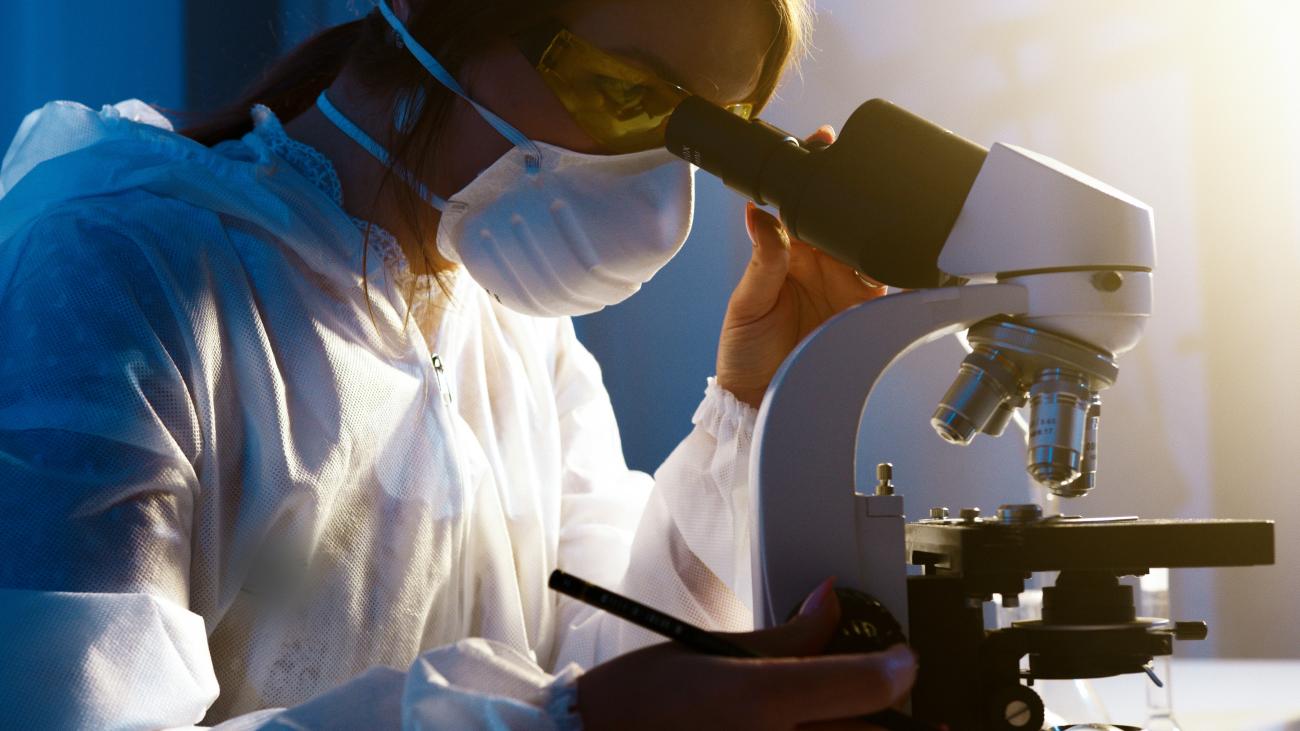Database providing access to the High Technology Network's industrial research offering: research competences, type of analyses and tests available at the Laboratories. Companies can consult the Catalogue to find Laboratories and researchers that match their needs.
Competence
Acoustics and vibration measurements
Acquisition and pre-processing of signals for model identification
Analysis and research on post sterilization technologies for containers
Carbon-based materials (graphene oxides, TPG, etc.)
Ceramic materials (oxides, nitrides, carbides, etc.)
Ceramic matrix composites and nanocomposites
Conceptual development of machines and plants with QFD (Quality Function Deployment)
Continuous-time and discrete-time mathematical modeling of systems and processes
Corrosion: protection and inhibition
Cosmetics
Design and virtual optimization with Computer Aided Engineering (CAE) tools and simulation of discrete events
Discrete events mathematical modeling of systems and processes
Efficiency and yield verification
Elastomers
Energy saving and lowering of environment impact of machines and plants for food production
Experimental trials for new materials, making technology and plant design in order to cut investment, management, maintenance of machines and plants for the food industry
Finite element simulation (FEM)
Fluidodinamic simulation of components and circuit
Formal languages for systems modeling (Unified Modeling Language-UML and SysML-System Modeling Language)
Glass and glass-ceramic materials
Heat exchange coefficient evaluation
Identification of models and parameters estimation
Infinite-dimensional mathematical modeling of systems
Magnetic materials both bulk and nano
Magnetorheological fluids
Materials of natural origin and derived (wood, paper, cellulose, fibers, etc.)
Materials with self-diagnostic and self-healing properties
Mechanical testing on construction materials
Metal matrix composites and nanocomposites
Metals: ferrous alloys (steel, cast iron)
Metals: non-ferrous alloys (aluminum, copper, nickel, titanium, magnesium, etc.)
Micro-nano materials functionalized
Modeling of the collision of bodies in mechanical systems
Monitoring and predictive meintenance based on acoustic and vibration sensors, thermography, olography, ultrasound
Nanomaterials (filler, graphene, etc.)
Noise reduction
Non-parametric modeling (neural networks, etc.)
Optimization of logistical flows, interoperational buffer and stoking areas, managing policy of the logistic productive system
Paintings
Piezoelectric and thermoelectric materials

